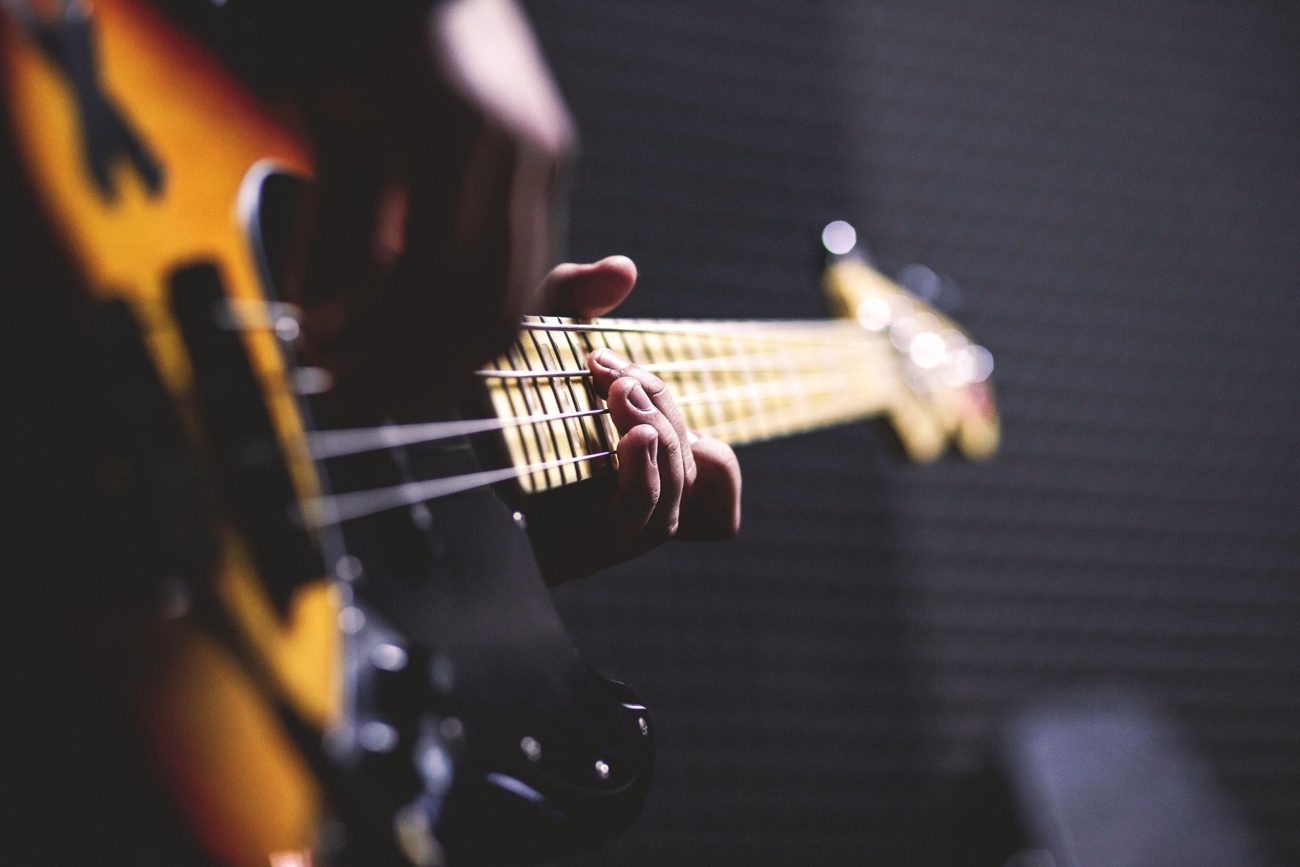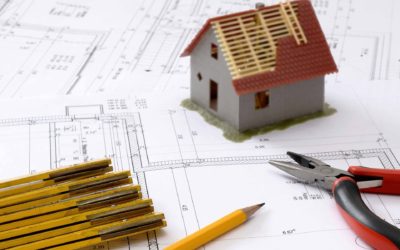Noise nuisance report
Noise pollution :
When do you need a noise report from a bailiff?
Your neighbor thinks his living room is a nightclub? He decides to take advantage of every night to move his furniture around?
You live above a company whose machines make an abnormal noise? Do your neighbours' dogs bark at you all day long?
In short ... if you suffer from noise pollution, a bailiff's report is a necessary prerequisite.
Our bailiff's office specialises in noise pollution reports.
Indeed, in law, it is up to the victim to prove the damage, and a judge will not be able to consider on his own that such noise is an abnormal nuisance. Therefore, proof is essential! And the best proof is the bailiff's report. Why is that? Quite simply because our statements benefit from a presumption of truthfulness (which other means of proof no longer have).
The noise report (or noise nuisance report) is particularly technical.
It requires a perfect knowledge of the texts of the Public Health Code on the one hand and technical knowledge on the other.
Indeed, you should not imagine that it is enough for a bailiff to come to your home equipped with a sound level meter (or worse, a free application on his smartphone) to have a formal statement of facts.
The observation of noise pollution is only of interest if the overall emergence of the noise, or its spectral emergence, can be determined.
The emergence of noise: the central notion of the observation of noise nuisance and noise :
The decree 2006-1099 of August 31, 2006, codified in article R1334-31 of the Public Health Code certainly provides that :
No particular noise shall, by its duration, repetition or intensity, disturb the peace and quiet of the neighbourhood or the health of man, whether in a public or private place, whether made by a person himself or through the intermediary of a person, a thing in his care or an animal under his responsibility.
However, in order to determine this abnormal noise, it still has to be isolated from the ambient noise. This is called emergence.
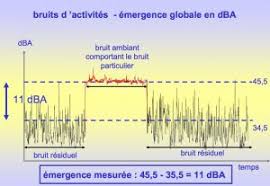
These nuisances can be of different modes: Behavioural noise, activity noise, or noise from construction sites.
Behavioral sounds:
Like the lawnmower or loud music or heels clicking on your ceiling...
Article R. 1334-31 - No particular noise must, by its duration, repetition or intensity, harm the peace of the neighbourhood or the health of man, in a public or private place, whether a person is himself the cause of it or whether it is through a person, a thing in his care or an animal placed under his responsibility.
There is no limit value for this type of nuisance. The criteria used are intensity, duration, repetition and, of course, these nuisances can exist both day and night.
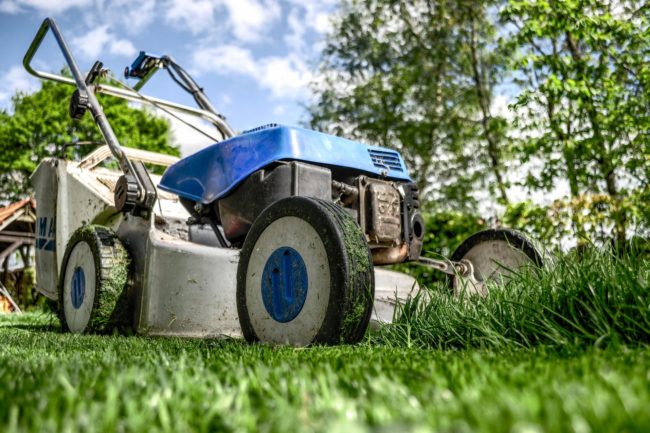
Sounds of activity:
These are noises linked to a professional activity (deliveries, factories, machines, etc...).
Article R. 1334-32: Where the noise referred to in article R. 1334-31 originates from a professional activity other than one of those mentioned in article R. 1334-36 or a sports, cultural or leisure activity, organised on a regular basis or subject to authorisation, and where the conditions of exercise relating to the noise have not been laid down by the competent authorities, the disturbance to the peace and quiet of the neighbourhood or to human health is characterised if the overall emergence of this noise perceived by others, as defined in article R. 1334-32, is not the same as that of the noise referred to in article R. 1334-31, and the conditions of exercise relating to the noise have not been laid down by the competent authorities, the disturbance to the peace and quiet of the neighbourhood or to human health is characterised if the overall emergence of this noise perceived by others, as defined in article R. 1334-32, is not the same as that of the noise referred to in article R. 1334-31. 1334-33, is higher than the limit values fixed in the same articleWhere the noise mentioned in the preceding paragraph, perceived inside the main rooms of any dwelling, with windows open or closed, is generated by equipment for professional activities, the damage is also characterized if the spectral emergence of this noise, as defined in Article R. 1334-34, is higher than the limit values fixed in the same article. However, the overall emergence and, if necessary, the spectral emergence are only sought when the measured ambient noise level, including the particular noise, is higher than 25 dBA if the measurement is carried out inside the main rooms of a dwelling, windows open or closed, or 30 dBA in other cases.
For these activity noises, the notion of global/spectral emergence is used in order to establish them.
Article R. 1334-33: The overall emergence in a given place is defined by the difference between the ambient noise level, including the particular noise in question, and the residual noise level made up of all the usual noise, outside and inside, corresponding to the normal occupation of the premises and the usual operation of the equipment, in the absence of the particular noise in question. The emergence limit values are 5 dBA during the day (from 7 a.m. to 10 p.m.) and 3 dBA during the night (from 10 p.m. to 7 a.m.), plus a correction term in dBA, depending on the cumulative duration of the appearance of the particular noise.
Spectral emergence is defined by the difference between the ambient noise level in a standardised octave band, including the particular noise in question, and the residual noise level in the same octave band, constituted by all the usual noise, exterior and interior, corresponding to the normal occupation of the premises mentioned in the second paragraph of Article R. 1334-32, in the absence of the particular noise in question. The limit values of spectral emergence are 7 dB in the standard octave bands centred on 125 Hz and 250 Hz and 5 dB in the standard octave bands centred on 500 Hz, 1000 Hz, 2000 Hz and 4000 Hz.
The procedures for measuring activity noise are set out in the following texts:
Article R. 1334-35: The noise measurements mentioned in article R. 1334-32 are carried out according to the methods defined by decree of the ministers responsible for health, ecology and housing.
Order of 5 December 2006 relating to the methods for measuring neighbourhood noise: ref: NFS 31010 - global emergence indicator of the "control" method, spectral emergence indicator of the "expertise" method, class 1 or 2 sound level meter; cumulative duration of measurement intervals of at least 30 minutes.
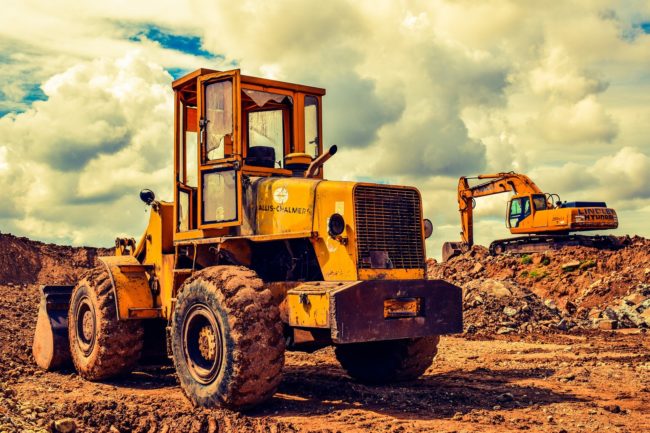
Construction site noises:
it is about... noise and noise pollution from a construction site
Article R. 1334-36: If the noise referred to in article R. 1334-31 originates from a public or private construction site, or from work involving buildings and their equipment that is subject to a declaration or authorization procedure, the disturbance to the peace and quiet of the neighbourhood or to human health is characterized by one of the following circumstances:
1° Failure to comply with the conditions laid down by the competent authorities concerning either the carrying out of works or the use or operation of materials or equipment ;
2° Insufficient appropriate precautions to limit this noise; 3° Abnormally noisy behaviour.
Our bailiff's office is specialised in noise measurement and can, if necessary, be assisted by an acoustician.
Our tools and technical knowledge allow us to measure the spectral/global emergence in order to accurately determine the nuisance suffered.
